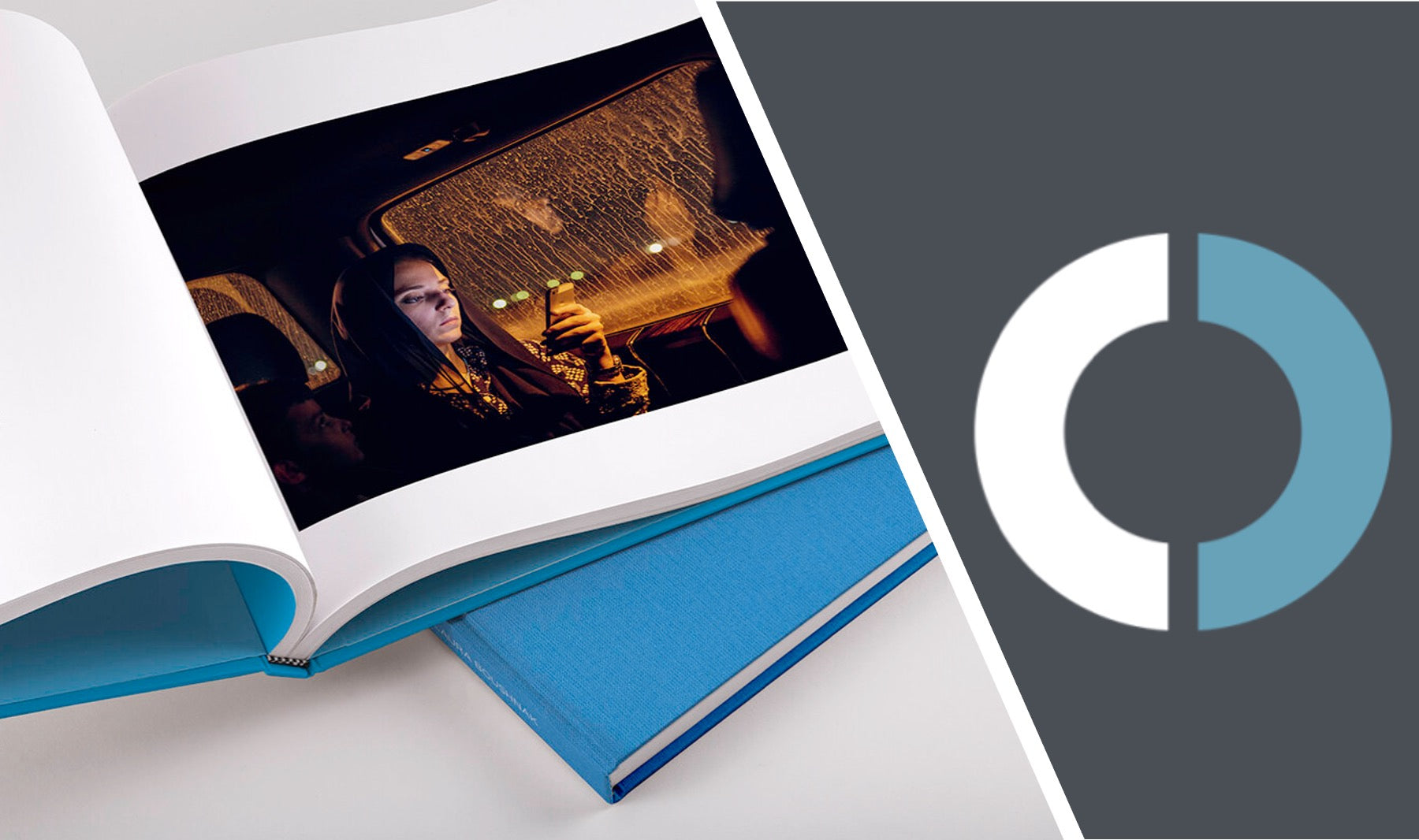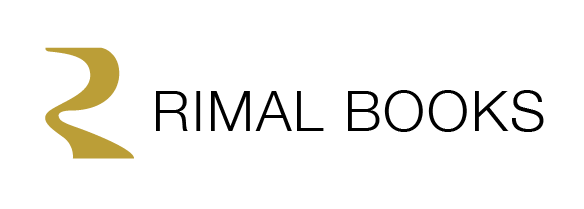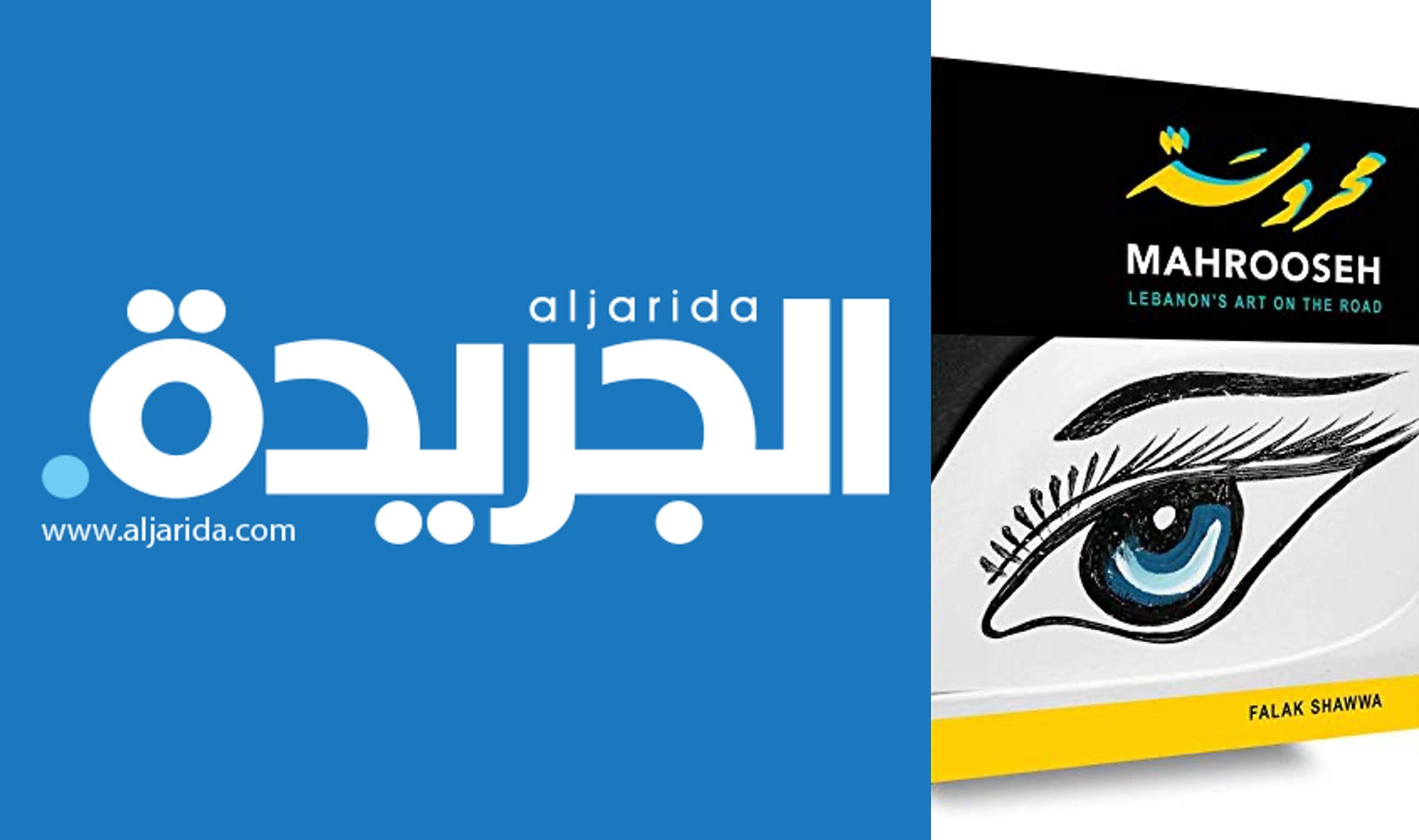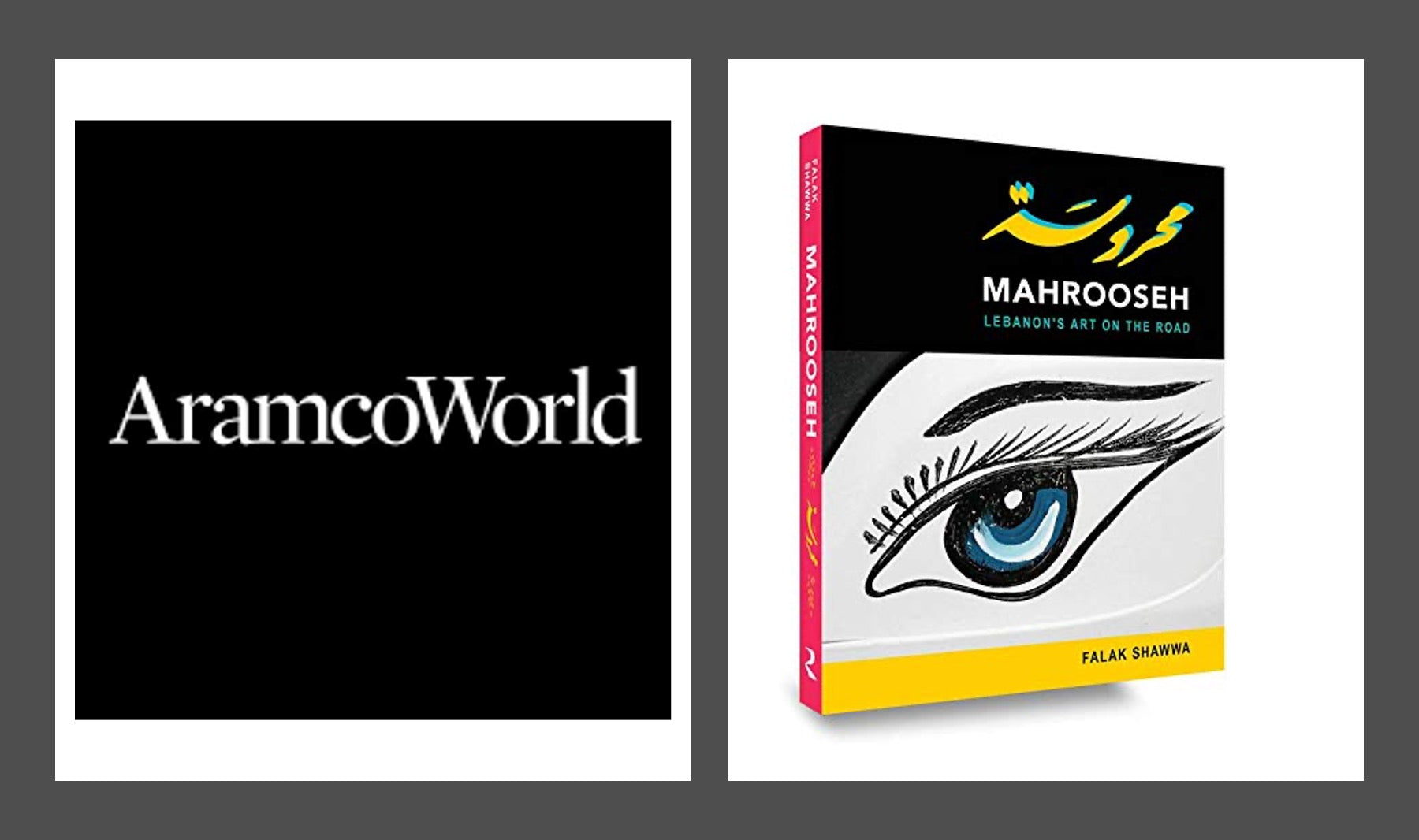
COLLECTOR DAILY
Laura Boushnak, I Read I Write
JTF (just the facts): Published in 2019 by Rimal Books (here). Hardcover, 180 pages, with 75 color photographs. Includes a foreword by Hanan Al Shaykh, an introduction by the author, and excerpts from interviews with the subjects. All of the texts are in English/Arabic. Design by Boast Design. (Cover and spread shots below.)
Comments/Context: The work of Laura Boushnak, a Kuwaiti-born Palestinian photographer, explores themes related to women, particularly literacy and education reform in the Arab world and their impact on the younger generation. Boushnak herself had to overcome a number of obstacles while pursuing her own education – she studied remotely for her degree in sociology at the Lebanese University in Beirut while simultaneously taking online photography courses at the New York Institute of Photography. She went on to become a photojournalist, covering current events in the Arab world. In her new photobook I Read I Write, Boushnak specifically turns her attention to the subject of women’s literacy.
“Had you been born a boy, I would have paid for your education” reminiscences Boushnak in her introductory essay, recalling her father’s reluctance to let her pursue an education. This kind of attitude still pervades the Arab world, and the ability to pursue an education is often hindered by both financial and cultural constraints. I Read I Write is a long term personal documentary project (spanning the years from 2009 to 2016), in which Boushnak travels to Egypt, Jordan, Tunisia, Yemen, Saudi Arabia, and Gaza, in search of stories of determined women working to get educated, regardless of the various traditions and situations that may bind them.
I Read I Write is a hardcover book with the title written in white in Arabic, and the title and author’s name in English indented underneath. The photobook unfolds with one photograph per page, and each image is paired with quotes from the women who took part in the project. The book has 6 chapters, listed in chronological order as they were shot and categorized by the country. Each set of images provides a different insight into the problem of accessing and pursuing education, as the context in the respective countries is quite different. However, there is a unifying theme that pervades all of the stories: it is the celebration of what education brings into the lives of the women. Whether it is the ability to write a single sentence or to pursue an advanced degree, Boushnak tells stories of hope, perseverance, and success.
The book opens with a small photograph of a woman dressed in traditional clothing walking into the water, away from us and toward the horizon; we do not see her face or any other identifying marks. Later, we will encounter this same young woman and learn her story, but at first, she remains a symbolic representation of a female venturing into the unknown, towards the blue sky and into the blue water. Water symbolizes rebirth and renewal, and women who choose the path towards education have the opportunity to be reborn with their new skills. Or so we hope.
Boushnak’s visual journey starts in Egypt in 2009, where the rate of illiteracy is still over 30%. Over the course of a month, the women who participated in the project were asked the following question: “Why did you decide to learn how to read and write?” Their answers aren’t complicated; sometimes, they are as simple as “I wish to learn to read because I get lost on public transport.” The portraits of the Egyptian women are fairly sparse, with few elements in the background – dilapidated walls with old faded writing provide the backdrop for most of them. The women are shot in a straightforward way, mostly looking straight into the camera, and we can infer that economic hardship is a normal condition for most of them. These women are older, most having already raised a family, and this educational journey is a new challenge for them.
As we move to Jordan, where Boushnak worked in 2012 photographing young girls who participated in two-year program run by a local nonprofit, the question posed to the subjects changes to “What would be your dream when you finish the program?” These portraits are shot differently – less tight, more like environmental portraits with elements of the surrounding school room taking up more space than the subject; the space is also brighter and there are often students’ drawings and paintings on the wall. The young girls look back at us with confidence and curiosity, and the last image from Jordan is shot on a sunny day, showing the girls sitting outside next to the wall with positive graffiti on it. Whatever paths their lives might take (the options include continuing high school education or transferring to a technical school), the promise of hope fills these pages.
That same year, Boushnak traveled to Yemen, where she spent three weeks photographing girls who were the first in their families to pursue higher education. A number of the portraits from Yemen feature women wearing traditional hijabs, shot close up against a black backdrop; these portraits are all about the eyes, as they confront the viewer with resilience and strength. One double spread pairs such a portrait with a photo of a little girl standing in the doorway, her clothes more western and casual, head uncovered, her hands on her hips – she peers at us as if to show that going forward girls can stand their own ground.
A year later, Boushnak is in Tunisia, a country with relatively better conditions for women, and here she spends several weeks with four high achieving university students. Here the portraits become more complex and involved, the photographer stepping into the everyday lives of these women. There are photos shot outside with girls mingling and interacting, not paying attention to the lens, as well as photos inside their apartments, where we get a glimpse of ordinary living, with posters on the walls and small gatherings with people partying and playing music. An image of a young student shot in an empty classroom, relaxed and self-possessed, is followed by another picture of her taken during a demonstration, where she is caught in the moment, arms spread, chanting and being immersed in the experience. These women present a different reality of what life can be when given the opportunity to pursue an education; they are strong and confident, with dreams and ambitions that they will actively follow.
The last two chapters, in Saudi Arabia and Gaza (both shot in 2016), portray alternate stories, which is not surprising considering that the conditions for women are drastically different, but Boushnak’s portraits from both countries are stylistically more unified. Over the years, Boushnak’s picture making has become more nuanced, more refined, and visually more complex. While Saudi Arabia has one of the highest numbers of educated women in the region, many having had an opportunity to study abroad, it still has high female unemployment due to the deeply religious and patriarchal structure of society. The situation for women in Gaza is much more complex, yet again the women we encounter have chosen to defy stereotypes and are willing to put their lives at risk to pursue their dreams. The women we meet in these pages are questioning their constraints, choosing to find their own paths, and are not looking for an easy way out. The portraits in these sections show women doing what they are passionate about – a young filmmaker in her home studio engaging her subject, followed by a two page spread with her shot against simple window curtain, eyes closed and looking meditative, paired with a close up of her arm showing a tattoo on her wrist. We next see her in candid moments embracing her uncle and chatting with her grandmother, exuding humanity. And the first woman we encounter in the last chapter on Gaza is the same woman that appears at the beginning of the book, but now she is looking towards the sky, coming back from the water, her face lit up with hope and dreams.
I Read I Write tells an important story about the state of education in the Arab region, and it highlights success stories rather than presenting us with deprivation, failure, and broken dreams – it’s meant to inspire and is quite successful in doing so. The photobook is not meant to be a representative or academic survey; it’s a project that evolved over the years, becoming more complex in its visual storytelling as the photographer became more confident in her picture making. Artistically, the book is quite simple in its design and presentation, but sometimes less is more, and this is the case with I Read I Write. Boushnak’s journey is powerful visual narrative that offers hope while still retaining a sense of urgency. More progress is needed to fulfill the promise of the human right to education in the Arab countries, and engaged books like this one will help get that message out to the wider world.
Collector’s POV: Laura Boushnak does not appear to have consistent gallery representation at this time. As a result, collectors interested in following up should likely connect directly with the artist via her website (linked in the sidebar).
Review by Olga Yatskevich / In Photobooks / May 11, 2020




